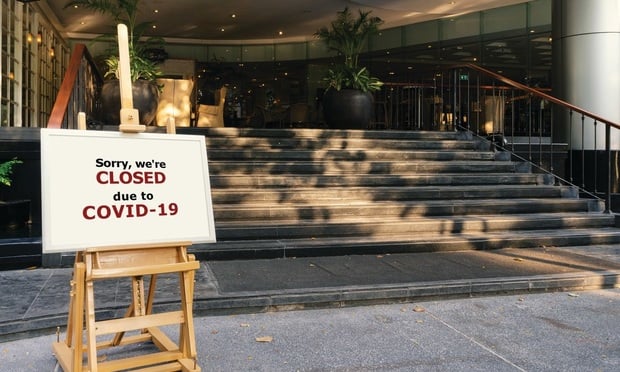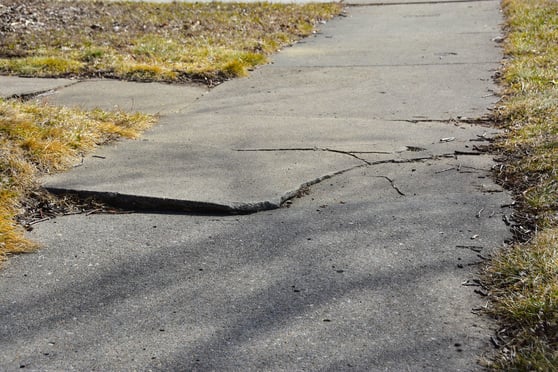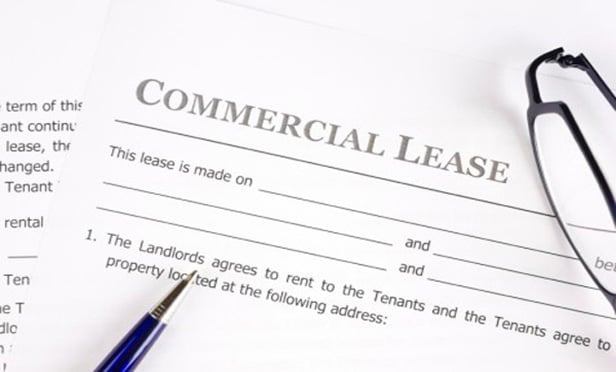Features

Warehouse Liability: Know Before You Stow!
As consumers continue to shift purchasing and consumption habits in the aftermath of the pandemic, manufacturers are increasingly reliant on third-party logistics and warehousing to ensure their products timely reach the market.
Features

Cap Rate Misery Impacts CRE Investors
The low cap rate regime became a game of musical lifeboats on the Titanic and the big question was, who would get stuck without a lifeboat as the mighty ship sank?
Features

Big Law In NYC Looking for Smaller, New Class A Spaces
Overall this year, law firms have been more likely to leave their current spaces and relocate, but they continue opting for smaller spaces.
Features

Strategies for Commercial Lease Agreements In Florida
This article explores several key clauses and negotiation strategies that are beneficial to the parties in general but in particular may help landlords protect their investments and optimize returns.
Features

LJN Quarterly Update: 2024 Q2
The LJN Quarterly Update highlights some of the articles from the nine LJN Newsletters titles over the quarter. Articles include in-depth analysis and insights from lawyers and other practice area experts.
Features

NY High Court Sides With Other State Courts: COVID-19 Business Interruption Not Enough to State Claim Under Commercial Property Insurance
Many businesses have sought to recover their pandemic losses under commercial property insurance policies, only to be denied coverage. A significant number of policyholders have filed lawsuits challenging these disclaimers, primarily in state courts. But to the dismay of the insureds, a growing majority of high state courts have sided with the insurers in these disputes.
Features

A Prepackaged Bankruptcy Could Be the Answer to a Mortgage Default
This article discusses the value of prepackaged bankruptcy as an alternative route for addressing commercial mortgage defaults in high tax jurisdictions.
Features

NJ Supreme Court: Commercial Property Owners Have a Duty to Maintain Abutting Sidewalks
In a 4-3 decision on June 13, the New Jersey Supreme Court reversed an Appellate Division opinion in a slip-and-fall case, concluding that all commercial landowners have a duty to maintain public sidewalks and are liable to pedestrians who are injured as a result of their negligent failure to do so.
Features

Why Tenants Get Stuck in Bad Leases and How to Avoid It
Tenants end up signing leases that offer little to no flexibility as their businesses expand and contract, setting the stage for economic and operational stress that could have been avoided with upfront planning and prudent lease negotiations.
Features

<i>Simon v. Starbucks</i>: Preliminary Injunction Granted to Prevent Store Closings
While the court will not have the opportunity to rule on the merits of the case, the facts relied upon by the Indiana Superior Court and the conclusions reached in rendering its decision are still instructive for practitioners drafting continuous-use provisions and advising clients on potential breaches or anticipatory breaches of such provisions.
Need Help?
- Prefer an IP authenticated environment? Request a transition or call 800-756-8993.
- Need other assistance? email Customer Service or call 1-877-256-2472.
MOST POPULAR STORIES
- How to TOOT Your Own Horn: Exceptional Self EvaluationsIt's that time again. As the year comes to a close many firms are beginning the associate review process. Even if your firm does not have a formal review process I recommend that you write a self-evaluation that outlines your achievements and specifies your goals for the coming year.Read More ›
- The DOJ's New Parameters for Evaluating Corporate Compliance ProgramsThe parameters set forth in the DOJ's memorandum have implications not only for the government's evaluation of compliance programs in the context of criminal charging decisions, but also for how defense counsel structure their conference-room advocacy seeking declinations or lesser sanctions in both criminal and civil investigations.Read More ›
- The DOJ's Corporate Enforcement Policy: One Year LaterThe DOJ's Criminal Division issued three declinations since the issuance of the revised CEP a year ago. Review of these cases gives insight into DOJ's implementation of the new policy in practice.Read More ›
- The FTC Gets Into the College Athlete NIL GameAs national champions are crowned in men's and women's basketball, hundreds of thousands of college athletes are entering the influencer marketplace for the first time and now find themselves attractive candidates in the fast growing influencer marketing arena. With influencer marketing potentially providing a 5x return on investment, many brands are eager to get into the industry, but it doesn't come without risks as the FTC Commissioner is taking a closer look at the use of influencers for marketing.Read More ›
- Use of Deferred Prosecution Agreements In White Collar InvestigationsThis article discusses the practical and policy reasons for the use of DPAs and NPAs in white-collar criminal investigations, and considers the NDAA's new reporting provision and its relationship with other efforts to enhance transparency in DOJ decision-making.Read More ›
